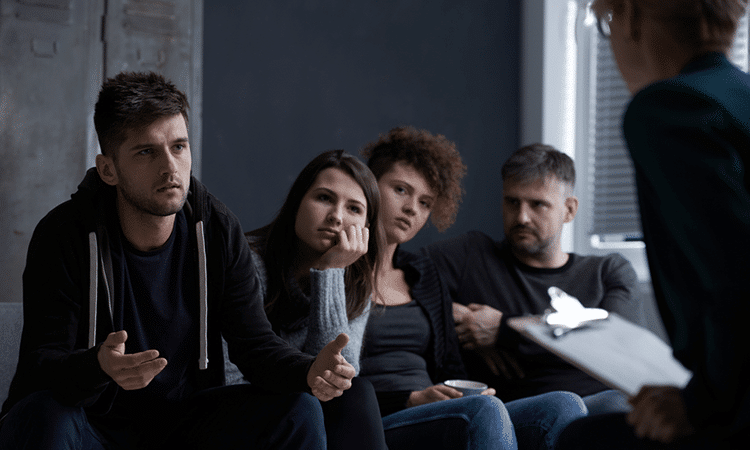[rank_math_breadcrumb]

Pain, anxiety, frustration and mental related problems can make people pick the wrong means to feel better. The quest for relief at all costs can lead many to take the road to declining health and ultimately, death.
The easiest thing to do is get addicted to a drug even though the user is aware of the effects, but extricating oneself from the addiction is very hard to do.
An increase in death by overdose and use of heroin can be attributed to the high level of dependence on opioids caused by illegal and excess prescription of opioid pain reliever (OPR).
The United States recorded an almost 500% rise in the use of opioid pain reliever like oxycodone and hydrocodone in less than seventeen years and the rate of death related to OPR overdose has been equally alarming. The U.S. CDC (Center for Disease Control and Prevention) calls the high rise in OPR dependency an epidemic and has recognized it as a top public health problem.
How Does OPR Addiction Occur?
OPR addiction usually starts innocently. History shows that mothers, who had trouble sleeping because of their rowdy children, took opium to calm their nerves and sleep. They also gave their children some of these unapproved medicines to avoid frazzled nerves. Alcoholics made opioids their hangover treatments too.
Opium and morphine were also soldiers’ favorites because they relieved serious injury pains and diarrhea. When Chinese immigrants started smoking it, it became a leisure culture.
However, OPR didn’t become an epidemic until iatrogenic prescription and application of hypodermic morphine medication became a thing in the late 80s. The important thing to note here is that from then, people started getting addicted to opioids unknowingly because they have a chronic disorder that requires constant medication.
Granted, science was not at the developed stage it is now and so, an honest mistake that was practiced regularly became everyone’s problem.
Another way OPR came to become a problem is when people started taking it for recreational purposes, meaning, they started abusing the drug just because it made them feel better.
The Downside of It All
Apart from death by overdose, which seems like the supreme ramification, the number of emergency visits triggered by non-medical OPR overdose is quite disturbing and substance abuse treatment centers keep filling up each day with people with the need to stay off drugs and alcohol.
The most disturbing part is that people of all ages are at risk of losing their lives and that of their loved ones to substance abuse, medically or recreationally.
How to Curb the Daily Increase
- Public health factors should create basic, and advanced procedures that will limit the cases of OPR related mortality in America and places like New Jersey where there is a record of this challenge.
- Hinder drug administration related addiction by physicians. Physicians should be more careful when prescribing medication for patients even if they are in severe pain.
- Individuals who take OPR for leisure should make deliberate efforts to throw out unused OPR medications, commit to a drug rehab center near them and also consult their doctors who most likely will prescribe agonists like naxolone and Buprenorphine to get them back on track.
You want to get unhooked from harmful substances, get help!
Reference
https://www.annualreviews.org/doi/full/10.1146/annurev-publhealth-031914-122957
Testimonials
[smartslider3 slider=”5″]

